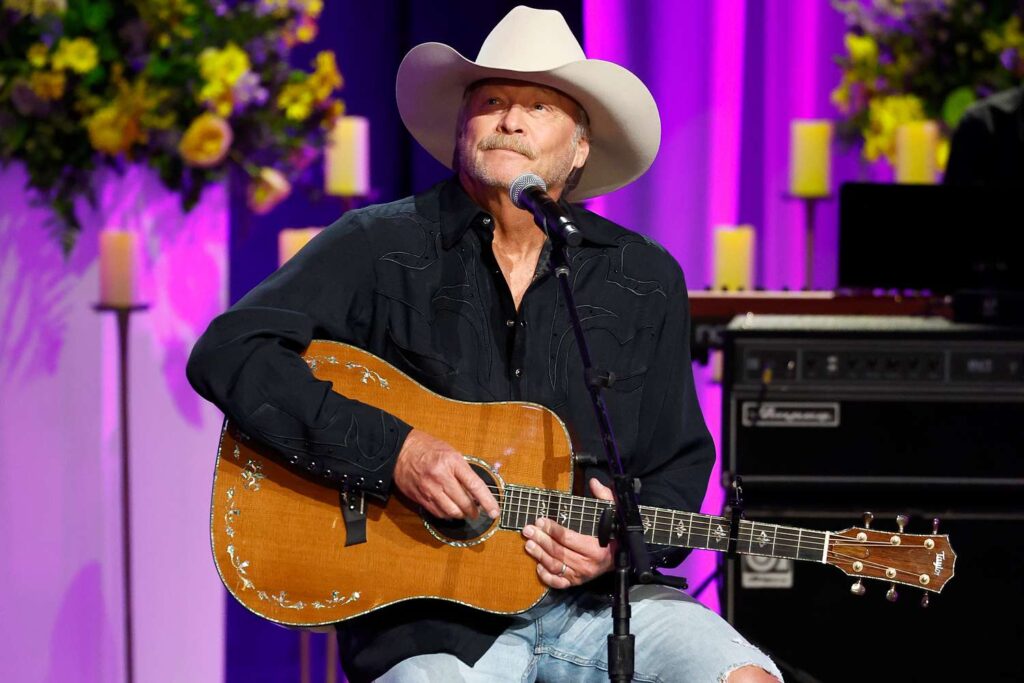
A Toast to Simpler Pleasures and the Unshakable Spirit of Southern Joy
Released as the title track and second single from Alan Jackson’s 2008 album, Good Time, the song “Good Time” quickly etched itself into country radio’s collective memory, reaching No. 1 on the Billboard Hot Country Songs chart. In doing so, it not only reaffirmed Jackson’s unbroken streak of authenticity but also crowned him as one of the few traditionalists still thriving in an increasingly polished country landscape. At this point in his storied career, Jackson had already amassed more than a dozen chart-toppers, but “Good Time” was a particularly resonant return to form—a raucous yet reverent celebration of blue-collar leisure, wrapped in a fiddle-soaked, toe-tapping groove.
What makes “Good Time” endure is its unpretentious embrace of life’s small victories—the cold beer after a long shift, the back porch gatherings under a fading sun, the instinctive two-step that stirs when the right chord strikes. Written solely by Alan Jackson, the song is both self-aware and serenely straightforward; its lyrical structure leans on repetition and rhythm to mirror the heartbeat of weekend revelry. “I’ve been workin’ all week and I’m tired,” Jackson drawls in that familiar baritone that feels like an old friend pulling up a stool beside you. “I don’t wanna sleep / I wanna have fun / It’s time for a good time.”
But beneath this seemingly lighthearted veneer lies something deeper—a portrait of cultural resilience. As American industry saw increasing shifts and economic uncertainties in the late 2000s, songs like “Good Time” became more than mere escapism. They were affirmations: reminders that dignity can be preserved through community, music, and ritualized joy. Jackson’s music has always walked this delicate line between reflection and revelry; here, he leans into jubilation not as avoidance but as spiritual sustenance.
Musically, “Good Time” is a love letter to classic honky-tonk with a modern engine under the hood. Its buoyant rhythm—driven by banjo licks, sawing fiddle, and a rolling bass line—is engineered for dance floors from Nashville to Nacogdoches. Yet it’s Jackson’s unmistakable voice—equal parts velvet and gravel—that roots the track firmly in tradition while inviting everyone to raise their glass.
The accompanying music video famously features an ambitious attempt to break the world record for longest line dance, winding through streets and parking lots with hundreds of dancers stepping in sync. It’s easy to view this spectacle as novelty, but it echoes something far more profound: the communal heartbeat of country life where even strangers can find harmony if they share a rhythm.
In “Good Time,” Alan Jackson distilled decades of Southern spirit into three minutes of pure release—a sonic jubilee that doesn’t pretend life is easy but insists it’s still worth celebrating. It stands as both anthem and archive: capturing a moment when boots hit wooden floors not to forget hardship, but to outlast it through laughter, rhythm, and shared memory.